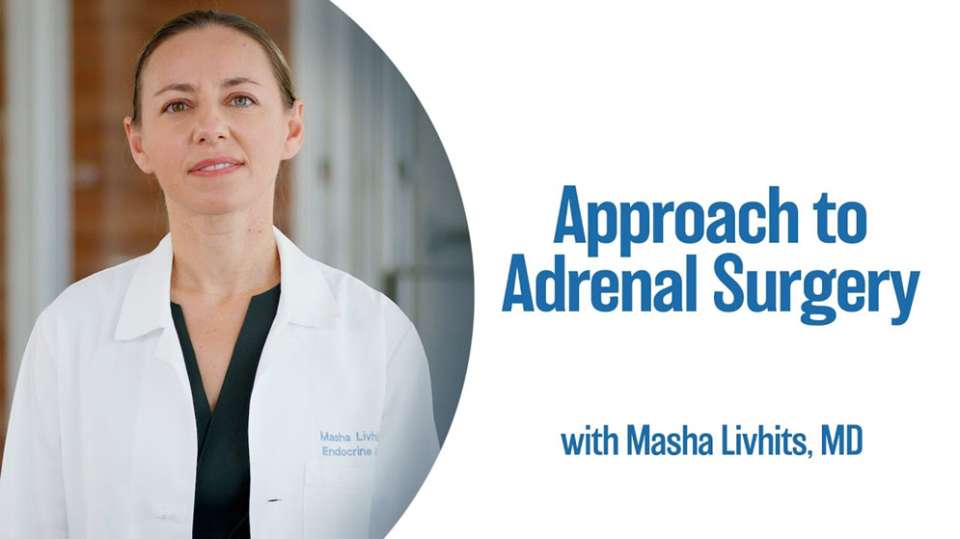Pheochromocytoma Treatment & Diagnosis
Find your care
We deliver effective, minimally invasive treatments in a caring environment. Call to connect with an expert in endocrine surgery.
Pheochromocytoma FAQs:
Explore Pheochromocytoma Diagnosis & Treatment - Frequently Asked Questions
Pheochromocytoma Video
Pheo Para Alliance Webinar Series - Surgery
Approach to Adrenal Surgery

Watch Video: Dr. Masha Livhits talks about approaches to adrenal surgery.